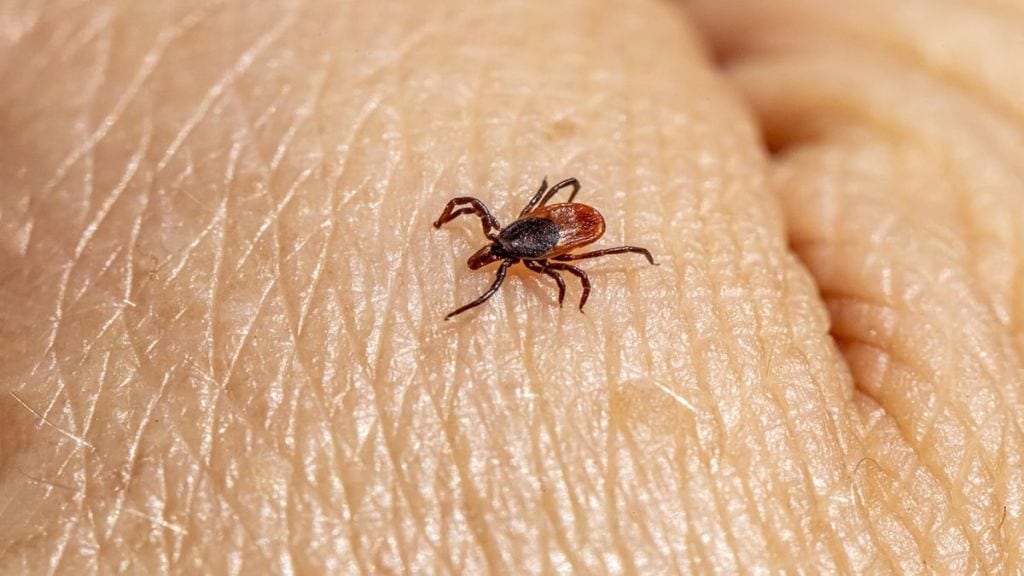In a rare incident, a 74-year-old man has died in Spain after contracting a deadly ‘bleeding eyes’ disease called Crimean-Congo hemorrhagic fever (CCHF). The viral disease has a fatality rate of up to 40 percent.
The man was admitted to Rey Juan Carlos University Hospital in Mostoles, Spain, after being bitten by a tick in Toledo, approximately 100 miles southwest of Madrid.
According to a report by Metro, after he was diagnosed with the rare Crimean-Congo hemorrhagic fever (CCHF) virus, he was transferred to a high-dependency isolation unit at La Paz University Hospital in Madrid to prevent transmission.
Although in the beginning his condition was stable, he subsequently deteriorated after developing all symptoms associated with CCHF. The man succumbed to the viral infection on Saturday, marking the first CCHF-related death in Spain since May 2020.
Meanwhile, the health officials are on high alert to prevent further cases and contain the spread of this deadly virus.
Similar to Ebola, the tick-borne disease is listed by WHO as being one of nine pathogens deemed most likely to trigger a pandemic.
What is Crimean-Congo hemorrhagic fever (CCHF)?
Crimean-Congo haemorrhagic fever (CCHF) is a widespread disease caused by a tick-borne virus (Nairovirus) of the Bunyaviridae family. According to the World Health Organization (WHO), CCHF is endemic in Africa, the Balkans, the Middle East and Asian countries south of the 50th parallel north – the geographical limit of the principal tick vector.
The majority of cases have occurred in people involved in the livestock industry, such as agricultural workers, slaughterhouse workers and veterinarians, the global health agency maintained.
According to the WHO, human-to-human transmission can occur resulting from close contact with the blood, secretions, organs or other bodily fluids of infected persons.
What are the signs and symptoms of Crimean-Congo hemorrhagic fever (CCHF)?
The symptoms are sudden and include:
- fever,
- myalgia, (muscle ache),
- dizziness,
- neck pain and stiffness, backache,
- headache, sore eyes
- and photophobia (sensitivity to light).
“There may be nausea, vomiting, diarrhoea, abdominal pain and sore throat early on, followed by sharp mood swings and confusion. After two to four days, the agitation may be replaced by sleepiness, depression and lassitude, and the abdominal pain may localize to the upper right quadrant, with detectable hepatomegaly (liver enlargement),” WHO revealed.
It can also trigger bleeds, usually from the nose or broken capillaries on the eyes and skin.
The global health agency also revealed that other clinical signs include tachycardia (fast heart rate), lymphadenopathy (enlarged lymph nodes), and a petechial rash (a rash caused by bleeding into the skin) on internal mucosal surfaces, such as in the mouth and throat, and on the skin.
“The petechiae may give way to larger rashes called ecchymoses, and other haemorrhagic phenomena. There is usually evidence of hepatitis, and severely ill patients may experience rapid kidney deterioration, sudden liver failure or pulmonary failure after the fifth day of illness,” it stated.
How it is treated?
The main approach of treatment is general supportive care with treatment of symptoms. The antiviral drug ribavirin has been used to treat CCHF infection with apparent benefit. Both oral and intravenous formulations seem to be effective, WHO stated.


